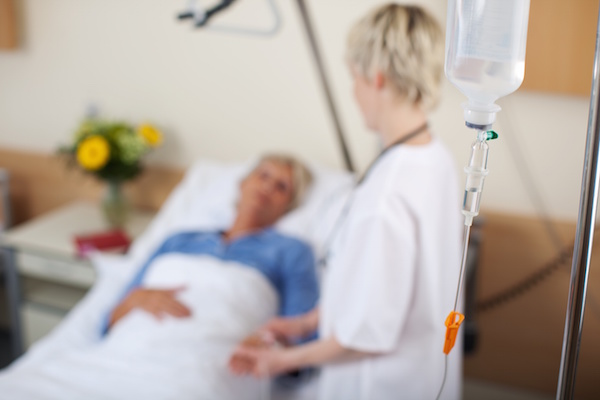
FRIDAY, Jan. 13 (HealthDay News) — Community support is essential for healthy behaviors that can reduce cancer risk, according to updated guidelines on nutrition and physical activity for cancer prevention released this week by the American Cancer Society.
“Our guidelines have always stressed what people can do themselves to lower their risk of cancer, and that’s important,” report co-author Colleen Doyle, director of nutrition and physical activity, said in a society news release.
“But we must also take public action to make those behaviors easier for all Americans. We can’t just tell people to eat more fruits and vegetables and get more exercise when there are so many forces working against them being able to do that easily, and on a regular basis,” she added.
“We’ve got to work together to ensure that worksites and schools have healthy food options; that our neighborhoods are designed so that our children can safely ride their bikes or walk to school; that people have the information they need to help them make healthier food choices, whether at the grocery store or when eating out,” Doyle explained.
Along with four major recommendations on how individuals can reduce their cancer risk, the Guidelines on Nutrition and Physical Activity for Cancer Prevention also outline community actions that can support those personal cancer prevention behaviors.
The four major recommendations for individuals include: achieving and maintaining a healthy weight throughout life; being physically active; eating a healthy diet, with an emphasis on plant foods; and limiting alcohol consumption.
Each of the major recommendations includes several supporting recommendations.
Weight
- Try to remain lean throughout life without being underweight.
- Take steps to avoid extra pounds at all ages.
- For people who are overweight or obese, losing even a small amount of weight is a good start and has health benefits.
- Key strategies for maintaining a healthy weight include regular physical activity and limiting consumption of high-calorie foods and beverages.
Physical activity
- Adults should get at least 150 minutes or moderate intensity or 75 minutes of vigorous intensity physical activity a week, or an equivalent combination. Children and teens should get at least an hour of moderate or vigorous intensity physical activity a day, with vigorous intensity activity at least three days a week.
- Make a point of limiting sedentary behavior, such as sitting, lying down, watching television and other types of screen-based entertainment.
Diet
- Eat at least 2.5 cups of vegetables and fruits a day.
- Avoid eating processed and red meat.
- Select whole grains instead of refined grain products.
Alcohol
- Men should have no more than two drinks per day and women should have no more than one drink per day.
The guidelines also include recommendations for community action to support individual cancer prevention lifestyle behaviors. Public, private and community organizations should work together at national, state and local levels to achieve policy and environmental changes that:
- Increase access to affordable, healthy foods in communities, workplaces and schools.
- Reduce promotion of and access to foods and beverages with low nutritional value, particularly to youth.
- Create safe, enjoyable and accessible settings for physical activity in schools and workplaces, and for recreation and transportation in communities.
“The environments in which we live, work, learn and play have a tremendous impact on our ability to make and sustain healthy lifestyle choices. So if we’re not working to change those environments so that the healthier choice is the easier choice, we’re missing the boat,” Doyle said.
More information
The U.S. National Cancer Institute has more about cancer prevention.

